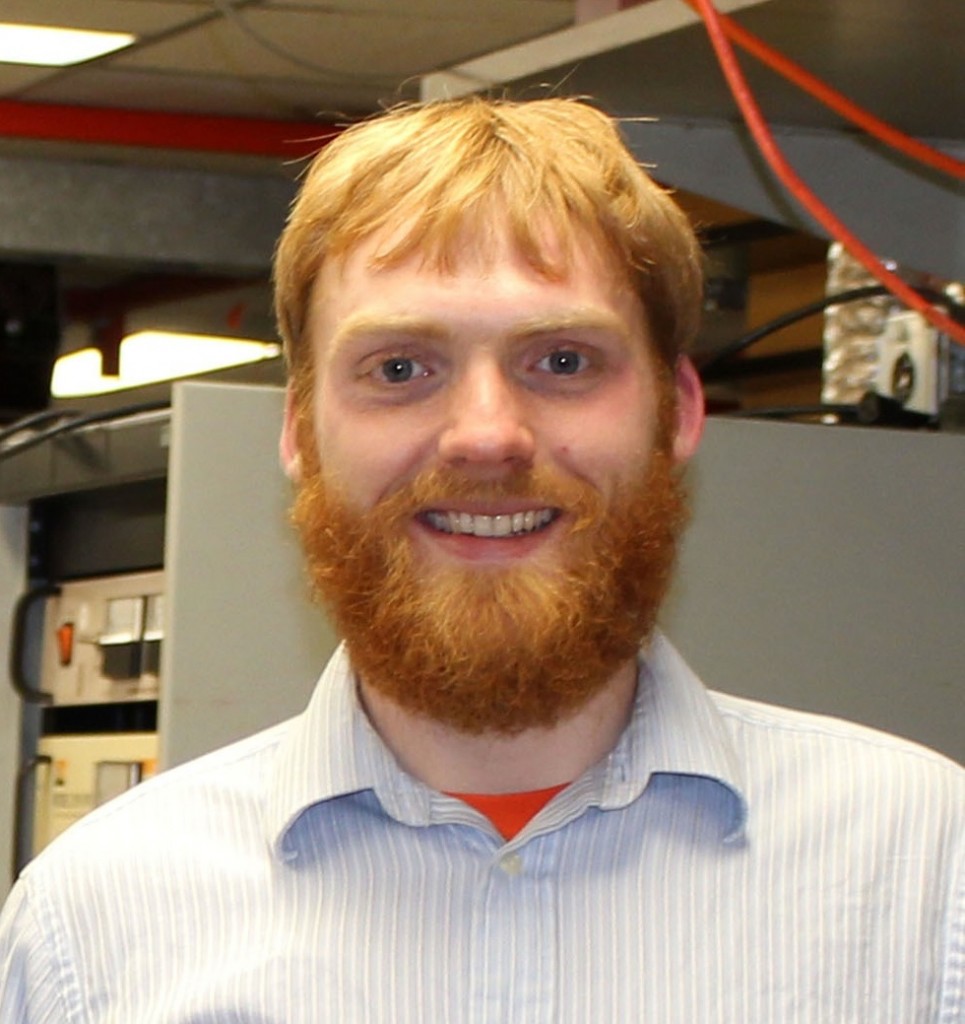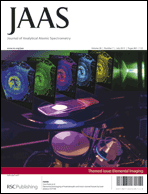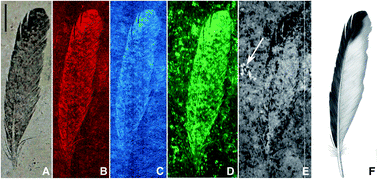Today we interview Alexander Gundlach-Graham, a graduate student who is finishing his PhD at the Laboratory for Spectrochemistry, in Indiana University, under the supervision of Prof. Dr. Gary M. Hieftje

Alexander in his lab in Bloomington, Indiana
Who or what inspired you to become a scientist?
I’ve always been curious about the natural world and about how things work. I trace my curiosity about the outdoors to hiking and camping trips I took growing up with my family and scouts. I never really made a decision to study chemistry; I took general chemistry my freshman year of college and then just kept taking chemistry classes because I enjoyed them so much. The most influential course I took in college was Instrumental Analysis. In this course, we both used instruments and, as a class, built an instrument to study kinetics reactions through a fast-flow mixing tube.
Why did you choose your research group/university and what factors influenced your choice?
I joined the Hieftje group at Indiana University because I wanted to build scientific instruments. The black-box approach to chemistry has never worked for me: I’m too fascinated by “how” measurements are made. I came to IU to learn about everything that goes into building a scientific instrument, from theory, design, and construction to operation and first results. In this regard, IU (and the Hieftje group) has been a fantastic place to learn about instrument development. Also, Bloomington, Indiana is a wonderful place to live.
What do you like about where you live?
My favorite part of Bloomington is definitely the Farmer’s Market. Abi and I go every Saturday during the summer to stock up on fresh vegetables for the week.
Can you explain a bit the purpose of your current research activities?
My PhD research has been to develop and characterize the first Distance-of-Flight Mass Spectrometer (DOFMS). Prof. Chris Enke from the University of New Mexico invented the concept of DOFMS in the late 2000s, and I’ve applied his theory with a real instrument. I think the research we’re doing on DOFMS in the Hieftje lab is beginning to solidify DOFMS as an analytical MS technique. To date, we’ve built two DOFMS instruments and combined DOFMS with glow-discharge and inductively coupled plasma ionization sources. More combinations of DOFMS with alternative ionization sources and applications of DOFMS are certainly on the way!
How is a typical day in your lab?
I don’t really have a “typical day” in the lab. The only real routine I have is that several members of the group and Prof. Hieftje often gather for coffee in the mornings to socialize and talk about our research problems, questions, and ideas. I typically spend the rest of day working mostly independently. Depending on the day, I will be taking measurements; analyzing data; designing, building, or changing components for the DOFMS; or reading and writing.
What common activities are organized in your research group?
Every day we have make freshly-ground French pressed coffee in the morning; for some reason we are quite particular about our coffee. Otherwise, we have two main group events during the year: in the summer we rent a pontoon boat and troll around a local lake for a day, and in December there is a holiday party. We also often have group dinners when visiting scientists prepare to leave the group and have celebration dinners when a group member receives his or her degree.
What apps/programs do you typically use?
I think I use programs typical to analytical chemists. I use Origin to plot data, Endnote to organize my citations, and Microsoft Office programs to make presentations and write manuscripts. I also do a lot of work with LabVIEW to remotely control the instrument and to analyze data. I use SimION for simulating new designs for the DOFMS.
How do you search for scientific information? How do you manage your bibliography?
I follow journals with an RSS reader. My preferred reader is Google Reader—I only get to use that for 1 more month L. When I know what article I’m looking for, I use Google Scholar to find PDFs of the article, and when I want to search by author, I typically use Web of Science. I use Endnote to keep my bibliography organized. My current system is to read and annotate articles using GoodNotes on my iPad, and then save the PDF to my EndNote library, so that the article, my notes, and the citation are all together.
What are your views on JAAS? Which type of articles do you prefer? Do you miss some content?
JAAS is one of the journals that I always look through. I enjoy the research and perspective articles especially. As an author, I like the flexibility of JAAS because there are no figure and page limits. When journals are too strict about figure limits, I think that important pieces of the story can get buried in supplementary material sections.
What do you like and dislike the most about your work?
My favorite part of research is problem solving. I also have a lot of freedom to develop new ideas. At IU, we have a student machine shop that I can use to make my own parts for the instrument: sometimes I can design, construct, install, and test a new component for the DOFMS in a day or two. This flexibility really allows us to be creative. In my graduate career, I’ve also been lucky to get to travel around the world to meet with other scientists and share my own results. Just like everyone else, I don’t like it when my instrument stops working. A day or two spent in search of ions because of a missed electrical connection can be very frustrating.
What have you taught? What have your teaching experiences been like? What have you learned from teaching?
At IU, I’ve taught general chemistry and bio-analytical chemistry labs, as well as several semesters of our graduate-level electronics course. I’ve very much enjoyed teaching at IU; I think the biggest lesson I’ve learned is that a teacher needs to both deliver material clearly and be patient.
What do you expect to be doing in five years’ time?
In fives years, I hope to be an assistant professor at a liberal arts college in the United States. I’d like my career to balance teaching and research, with perhaps more emphasis on teaching.
What do you enjoy doing when you are not in the lab?
I like to spend time with my wife Abi, go on walks around town, go to the gym, and cook. My favorite hobby is bread baking: recently I’ve been experimenting with wild-yeast sourdough breads.
Many thanks for sharing your views with us, Alex, and all the best for your post-doc position!
 The University of Vienna and the Federal Institute of Hydrology are pleased to announce the
The University of Vienna and the Federal Institute of Hydrology are pleased to announce the The Workshop focuses mainly on Field-Flow Fractionation (FFF) techniques coupled to mass spectrometry applied to engineered nanomaterials in all kind of matrices.
The Workshop focuses mainly on Field-Flow Fractionation (FFF) techniques coupled to mass spectrometry applied to engineered nanomaterials in all kind of matrices.











 We are delighted to announce that our latest Impact Factor* is 3.2!
We are delighted to announce that our latest Impact Factor* is 3.2!